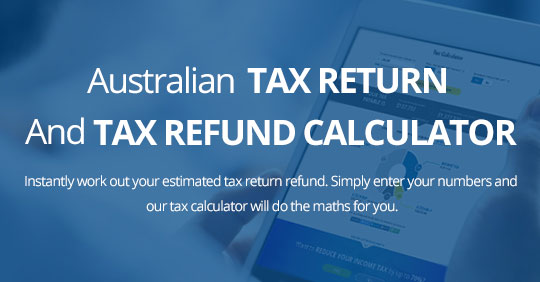Demystifying the Process: How to Claim Your Tax Refund in Australia
Introduction
When tax season rolls around, the prospect of receiving a tax refund can be exciting for many Australians. This financial windfall can provide a much-needed boost to your savings or help you cover some upcoming expenses. However, the process of claiming your tax refund can sometimes feel daunting, especially if you’re unfamiliar with the intricacies of the Australian tax system. In this article, we’ll walk you through the steps to successfully claim your tax refund and ensure you get back what’s rightfully yours. How do I claim my tax refund Australia?
Understanding Tax Refunds
What is a Tax Refund?
A tax refund is the amount of money that taxpayers can claim back from the Australian Taxation Office (ATO) if they have paid more tax than they owe. This can occur when your employer deducts more tax from your income than necessary or if you are eligible for various tax offsets, deductions, or credits.
Eligibility Criteria
Before proceeding with the tax refund process, it’s essential to ensure you meet the eligibility criteria set by the ATO. Generally, you are eligible for a tax refund if:
– You have overpaid your taxes during the financial year.
– You are an Australian resident for tax purposes.
– You have lodged your tax return for the relevant financial year.
– You have incurred deductible expenses that qualify for tax offsets or deductions.

The Process of Claiming Your Tax Refund
1. Gather Necessary Information
To begin the process, you need to gather all the relevant information, including:
– Payment summaries or group certificates from your employer(s).
– Statements from banks or financial institutions regarding interest earned.
– Receipts for deductible expenses such as work-related expenses, charitable donations, or investment costs.
2. Lodge Your Tax Return
The next step involves lodging your tax return with the ATO. You can do this through various methods, including:
– Online using myTax, the ATO’s secure online platform.
– Using the services of a registered tax agent.
– Paper lodgment in certain circumstances.
Make sure to include all the information you’ve gathered, as accurate and complete details are crucial to ensure your tax return is processed smoothly.
3. Claiming Deductions and Offsets
As you complete your tax return, be sure to claim any eligible deductions and offsets. These can significantly impact the amount of your tax refund. Common deductions and offsets include:
– Work-related expenses, such as uniforms, tools, and travel expenses.

– Medical expenses.
– Education-related expenses.
– Donations to registered charities.
4. Review and Submit
Before finalizing your tax return, take the time to review all the information you’ve entered. Mistakes or inaccuracies could lead to delays in receiving your refund. Once you’re confident that everything is correct, you can submit your tax return.
Receiving Your Tax Refund
1. ATO Processing Time
After you’ve submitted your tax return, the ATO will process it and determine the amount of your refund. The processing time can vary depending on factors such as the complexity of your return and the time of year. In most cases, you can expect to receive your refund within a few weeks to a month.
2. Direct Deposit or Check
Once your refund has been processed, the ATO will notify you of the outcome. If you’re entitled to a refund, you can choose to receive it via direct deposit into your bank account or as a physical check sent to your registered address. Direct deposit is the faster and more convenient option. https://celestinos.com.au/
Conclusion
Claiming your tax refund in Australia doesn’t have to be a confusing or overwhelming process. By following these steps and ensuring you provide accurate information, you can increase your chances of receiving your refund in a timely manner. Remember to keep records of all your financial transactions and relevant documents, as they are essential for a successful refund application. If you’re ever unsure about any aspect of the process, consider seeking assistance from a registered tax professional to ensure your tax return is accurate and compliant.


